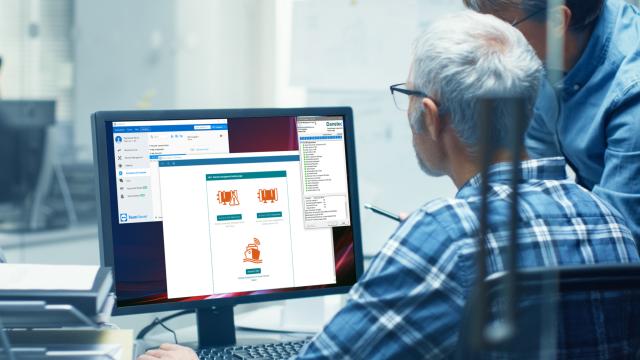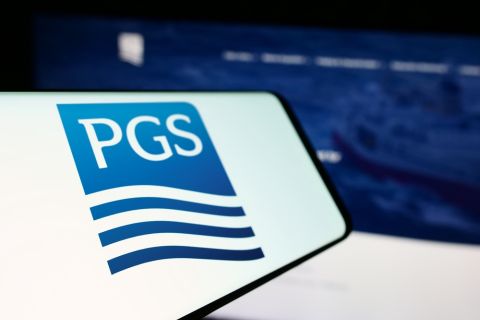
(Source: Danelec Marine)
Danish ship technology specialist Danelec Marine and TeamViewer, a leading global provider of secure remote connectivity solutions, have completed trials on March 16 of an innovative, low-cost and simple to deploy system for ship data transfer and remote access.
As an alternative to Virtual Private Networks (VPN) for Internet of Things (IoT) connectivity, the Danelec and TeamViewer solution promises to lower costs and boost access flexibility while relieving the technical workload on IT teams and enabling more uptime for digital vessel and fleet management applications.
Danelec and TeamViewer have worked closely together to develop a customized version of the TeamViewer IoT agent that perfectly embeds into the operating system of Danelec’s Vessel Remote Server (VRS) and launches on demand. The system enables a secure ship-shore connection to be established quickly and easily, with a user-friendly interface providing remote access management centrally for a whole fleet. This reduces the IT department burden of enabling remote access while providing a foundation for secure and easy to manage access for employees and third parties.
Three Danelec customers took part in the trials, which started in August 2020 and finished in December. Cypriot ship management company Interorient used the solution on five vessels, easily meeting success criteria based on pre-annual performance testing of the VDR and remote data download. Interorient generated further operational savings by using remote access to optimize configuration of a new VDR and its connected sensors, as well as exploring new applications.
“The system answers our customers’ need for easier installation and management of secure remote access, and is relevant for OEMs looking to integrate low-cost, standardized remote access into their products or platforms,” Casper Jensen, CEO of Danelec Marine, said. “The VRS with TeamViewer IoT offers an affordable and simplified first-step into digitalization, where remote access to all vessels in a fleet is managed centrally, providing new levels of flexibility for service teams working with individual vessels and sub-systems.”
Recommended Reading
PGS Wins 3D Contract Offshore South Atlantic Margin
2024-04-08 - PGS said a Ramform Titan-class vessel is scheduled to commence mobilization in June.
TGS Commences Multiclient 3D Seismic Project Offshore Malaysia
2024-04-03 - TGS said the Ramform Sovereign survey vessel was dispatched to the Penyu Basin in March.
Curtiss-Wright to Deploy Subsea System at Petrobras' Campos Field
2024-02-12 - Curtiss-Wright and Petrobras will combine capabilities to deploy a subsea canned motor boosting system at a Petrobras production field in the Campos Basin.
TGS, SLB to Conduct Engagement Phase 5 in GoM
2024-02-05 - TGS and SLB’s seventh program within the joint venture involves the acquisition of 157 Outer Continental Shelf blocks.
StimStixx, Hunting Titan Partner on Well Perforation, Acidizing
2024-02-07 - The strategic partnership between StimStixx Technologies and Hunting Titan will increase well treatments and reduce costs, the companies said.





